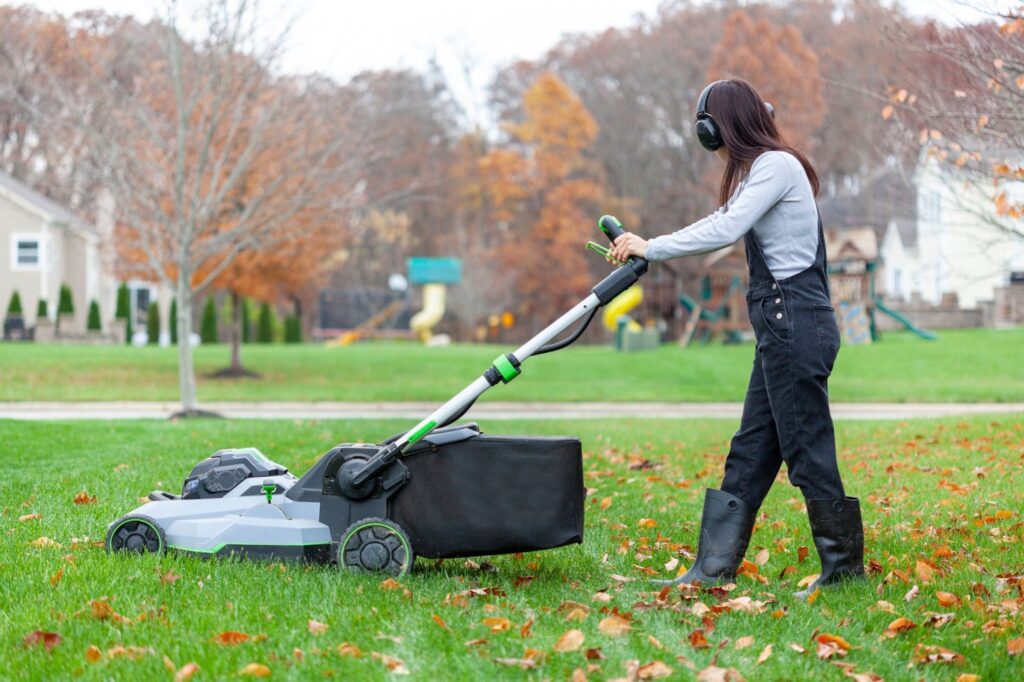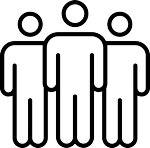As the frosty months approach, the task of winter lawn care becomes a unique challenge. Lawn care in winter is an important part of keeping your lawn or sod healthy and vibrant throughout the year. While the winter season may seem like a time for your lawn to take a break, the reality is quite the opposite. The cold weather, frost, and potential snow cover can significantly impact the health and appearance of your lawn.
The key to successful winter lawn care is understanding and adapting to these seasonal changes. Unlike the active growing seasons of spring and summer, winter requires a different approach to lawn maintenance. This includes adjusting watering schedules, managing soil health, protecting your lawn from harsh weather conditions, and preparing it for the spring ahead.
In this blog, we’ll delve into the secrets of winter lawn care, providing you with expert tips and insights to keep your green alive during the colder months. Whether you’re a seasoned gardener or new to lawn care, these strategies will help you navigate the challenges of winter and ensure your lawn remains a source of pride and beauty all year round.
Secret 1: adjusting your mowing strategy
A secret to maintaining a healthy lawn in winter is adjusting your mowing strategy for the season. While your lawn’s growth slows down during the colder months, it’s still important to continue mowing, albeit less frequently and with a few adjustments to your usual routine.
Firstly, modify the height at which you mow your lawn in winter. We recommend raising the cutting height of your mower during this season. Slightly longer grass length provides more surface area for photosynthesis, which is vital in the lower light conditions of winter. It also helps to insulate the soil, protecting the roots from the cold.
As for the frequency, you’ll want to reduce how often you mow. During winter, your lawn grows more slowly, so it doesn’t need mowing as often as in the growing season. A good rule of thumb is to mow only when necessary — when the grass is long enough to require trimming to maintain the ideal height.
Lastly, always ensure your mower blades are sharp. Dull blades damage the grass, making it more susceptible to disease and pests. A clean, sharp cut helps to keep your lawn healthy and resilient against winter stresses.

Secret 2: proper watering techniques
Proper watering is a critical component of lawn care in winter. Strive to balance the watering needs of your lawn during the colder months to avoid the pitfalls of both over-watering and under-watering.
In winter, your lawn’s water requirements decrease significantly, but it still needs moisture to maintain health. It’s important to find the right balance. Over-watering leads to issues such as root rot and fungal growth, especially in colder temperatures. Conversely, under-watering leaves your lawn vulnerable to drying out and suffering from winter damage.
The key to proper winter watering is closely monitoring the weather and your lawn’s condition. If you’re experiencing a dry spell without snow or rain, it’s a good idea to give your lawn a light watering. Do this during the warmer part of the day to allow the water to soak in before temperatures drop at night.
A general guideline is to provide about one inch of water every few weeks during the winter, depending on your specific climate and soil type. Make sure your lawn has proper drainage to prevent waterlogging.
Secret 3: winter fertilization
While your lawn’s growth may slow down during the colder months, applying the right type of fertilizer will provide essential nutrients that help strengthen and protect your grass, preparing it for a robust comeback in spring.
Winter fertilization focuses on fortifying your grass roots rather than promoting top growth. For this reason, we recommend using a fertilizer with a high potassium content. Potassium enhances your lawn’s cold tolerance, improves root development, and increases disease resistance. Look for winter-specific or “fall and winter” lawn fertilizers.
When applying fertilizer in winter, timing is crucial. The ideal time is late fall, right before the first freeze. Fertilizing at this time allows the grass to absorb and store nutrients throughout winter. Be sure to follow the manufacturer’s instructions regarding application rates and methods to avoid over-fertilizing, which can harm your lawn and the environment.
Secret 4: managing lawn thatch and aeration
Managing lawn thatch and providing proper aeration are vital for maintaining a healthy lawn, especially during the winter months. Thatch, the layer of dead grass and organic matter that accumulates on the soil’s surface, causes problems if it gets too thick. It can hinder water, nutrients, and air from reaching the soil and grassroots. This is particularly detrimental in winter when your lawn is already under stress.
To keep thatch under control, periodically check its thickness. If the thatch layer is more than half an inch thick, it’s time to take action.
Winter, or late fall before the ground freezes, is a good time for dethatching. Use a dethatching rake for small areas or a power dethatcher for larger lawns. This process will help remove the excess thatch and improve the overall health of your lawn.
Aeration is another part of lawn care in winter. Aerating your lawn involves creating small holes in the soil to allow air, water, and nutrients to penetrate the grass roots. Use a spike aerator or a plug aerator to aerate your lawn. Aerating in late fall or early winter helps relieve soil compaction and prepares your lawn for healthy growth in the spring.
Secret 5: protecting the lawn from frost and snow damage
Frost and snow present unique challenges to your lawn during winter. Here are some strategies to minimize damage from frost and snow.
Firstly, do everything you can to avoid walking on your lawn when it’s frosted. Frost makes grass blades brittle, and walking on them can cause breakage and damage, leading to brown patches. Educating family members and visitors about staying off the grass during frosty mornings is a simple yet effective way to protect your lawn.
The way you handle snow impacts your lawn’s health. Heavy snowfall may lead to issues like snow mold. To prevent this, gently remove excess snow from your lawn, especially in areas where it tends to accumulate. Use a plastic shovel or a broom to avoid damaging the grass.
In some cases, using protective covers, such as burlap or specialized frost blankets, provides an extra layer of defense against harsh winter conditions. Use these judiciously to avoid smothering the grass, and remove them during warmer days to allow the lawn to breathe.

Secret 6: monitoring for pests and diseases
While it’s easy to assume that pests and diseases take a break along with your lawn’s growth, the reality is that winter still brings its own set of pests, weeds, and diseases. Staying alert and proactive is key to preventing and addressing these issues.
Regularly monitor your lawn throughout winter. Keep an eye out for any unusual signs, such as discolored patches, thinning grass, or the presence of pests. One common winter lawn disease is snow mold, a type of fungus that thrives under snow cover on wet grass. It appears as circular, matted patches of discolored grass. It typically occurs under snow cover on wet lawns.
If you identify signs of pests or diseases, take prompt action. For fungal diseases like snow mold, gently raking affected areas can help. In cases where pest activity is detected, consider environmentally friendly pest control options. Always follow the recommended practices for your specific lawn type and local climate.
Additionally, maintaining good lawn health through proper mowing, watering, and fertilization helps make your lawn less susceptible to pests and diseases. A healthy lawn is your best defense against these winter challenges.
Secret 7: preparing for spring
Effective winter lawn care is the foundation for a vibrant, healthy lawn in spring. The care you provide during the colder months sets the stage for your lawn’s revival as the weather warms.
As winter draws to a close, start gradually adjusting your lawn care routine. Begin by slowly increasing your watering schedule as the temperatures rise, and prepare for spring fertilization to give your lawn a nutrient boost. Also, inspect your lawn for any winter damage and plan for early spring seeding or sodding if necessary. Remember, the efforts you put into winter lawn care pay off with a lush, green lawn in spring.
Get your perfect lawn with Monarch Sod
As we’ve explored, effective winter lawn care is essential for maintaining a healthy, vibrant lawn year-round. At Monarch Sod, we’re committed to helping you achieve the best results for your lawn, no matter the season. If you’re looking for expert advice on lawn care or need top-quality sod installation services, we’re here to help. Our team of professionals is equipped with the knowledge and experience to guide you through every step of your lawn care journey.
Contact Monarch Sod today to ensure your lawn remains a source of pride and beauty throughout the year. Let us help you keep your lawn green, alive, and thriving!











